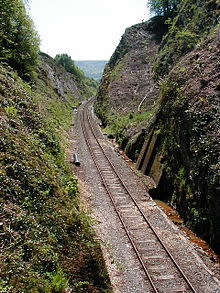zsa
Mechanical
- Dec 1, 2016
- 22
Hi,
Recently started dabbling in pipeline design at work, and came across a term 'Reduced level at point of intersection' on the pipeline alignment sheets showing the plan and profile for the pipeline. Would anyone be kind enough to explain what this means exactly? The pdf is attached in the link below
Also, what do the 'to be cut' and 'to be backfilled' labels indicate?
Secondly, please recommend some good resources to get brushed up with all pipeline design basics and fundamentals I would need to know as a pipeline engineer? Looking to expand my skill set and so far, I have got my hands on Pipe stress engineering by LC Peng- wondering if this is a good place to start.
I would truly appreciate your help in this matter
Cheers
Recently started dabbling in pipeline design at work, and came across a term 'Reduced level at point of intersection' on the pipeline alignment sheets showing the plan and profile for the pipeline. Would anyone be kind enough to explain what this means exactly? The pdf is attached in the link below
Also, what do the 'to be cut' and 'to be backfilled' labels indicate?
Secondly, please recommend some good resources to get brushed up with all pipeline design basics and fundamentals I would need to know as a pipeline engineer? Looking to expand my skill set and so far, I have got my hands on Pipe stress engineering by LC Peng- wondering if this is a good place to start.
I would truly appreciate your help in this matter
Cheers


![[bigglasses] [bigglasses] [bigglasses]](/data/assets/smilies/bigglasses.gif)
![[smile] [smile] [smile]](/data/assets/smilies/smile.gif)